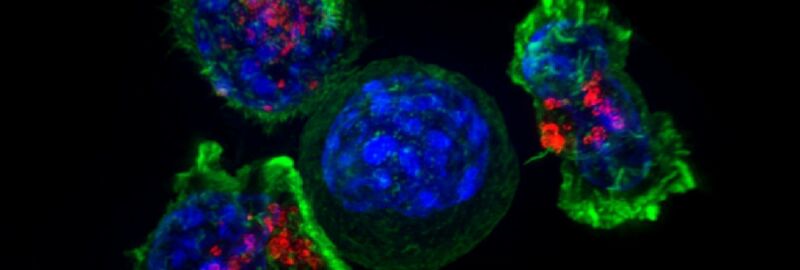Dissecting the immune system’s response to COVID-19

Enlarge / T cells attacking a cell recognized as foreign. (credit: NIH)
We're still struggling to understand whether infection with SARS-CoV-2, with or without COVID-19 symptoms, provides protection from further infections. Antibodies are an indicator of immunity and are the easiest aspect of the immune response to track. But data indicates that the generation of antibodies is highly variable, and their production may start fading within months. But there are many other aspects to the immune response, many of them centered on T cells. And here again, the response seems to be extremely complex.
Now, additional studies are coming out looking at other specialized aspects of the immune response. While these results provide some cause for optimism in terms of long-lasting immunity, there remain large numbers of unknowns.
Go with the flowThe two studies we'll look at were enabled by a technique called "flow cytometry" that has proven very useful for studying the immune response. It basically helps researchers get past the biggest issue with these studies: there's an abundance of very similar-looking cells involved in an immune response. While a trained eye can tell a T cell from a macrophage using a microscope, knowing there are T cells doesn't tell us much. Not only would we like to know how many of them there are, we'd need to know what types of T cells are present. T cells may help with the production of antibodies, they may kill infected cells, they might be used to remember exposure to pathogens, etc.
Read 15 remaining paragraphs | Comments